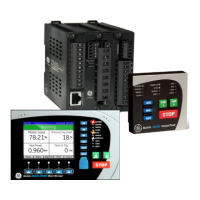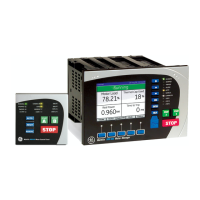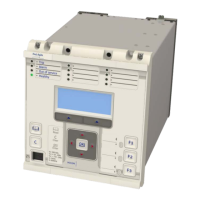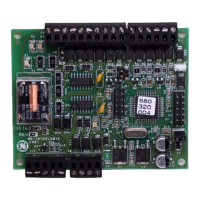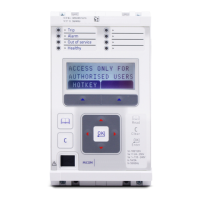4 AIDED DISTANCE SCHEME LOGIC
When the Carrier Aided schemes are used in conjunction with the Distance protection, you can choose whether to
use them with the phase distance elements only, the earth-fault (ground) distance elements only, or for both
phase and earth fault elements.
4.1 PERMISSIVE UNDERREACH SCHEME
The simplest Carrier Aided scheme mode for use with distance-type applications is the Permissive Under-reach
Protection scheme, variously referred to as PUR, PUP, and PUTT. We normally use the term PUR.
To use this scheme, you need to set the relevant setting (Aid. 1 Selection or Aid. 2 Selection) in the SCHEME LOGIC
column to PUR.
The channel for a PUR scheme is keyed (that means that the aiding signal is asserted) if an under-reaching Zone 1
element operates. If the remote device detects a forward fault and this signal is received, then the remote
protection operates without further delay. Faults in the last 20% of the protected line are therefore cleared with
minimal time delay.
Note:
This assumes a 20% typical end-zone when Zone 1 is set to 80% of the protected line.
The following are some of the main features and requirements for a permissive under-reaching scheme.
● Only a simplex channel is required.
● Scheme security is high, because the signalling channel is only keyed for faults in the protected line.
● If the circuit breaker at the remote terminal is open, faults in the remote 20% of the line are cleared using
the Zone 2 time delay of the local protection.
● If there is a weak-infeed, or zero-infeed from the remote terminal, (current below the protection sensitivity),
faults in the remote 20% of the line are cleared using the Zone 2 time delay of the local protection.
● If the signalling channel fails, basic distance scheme tripping remains available.
The PUR logic is:
● Send logic: Assert signal if Zone 1 element operates
● Permissive trip logic: Trip if the Zone 2 element picks up AND the Carrier Aided signal is received
The figure below shows the simplified scheme logic:
P543i/P545i Chapter 8 - Carrier Aided Schemes
P54x1i-TM-EN-1 213
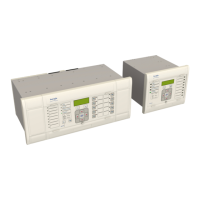
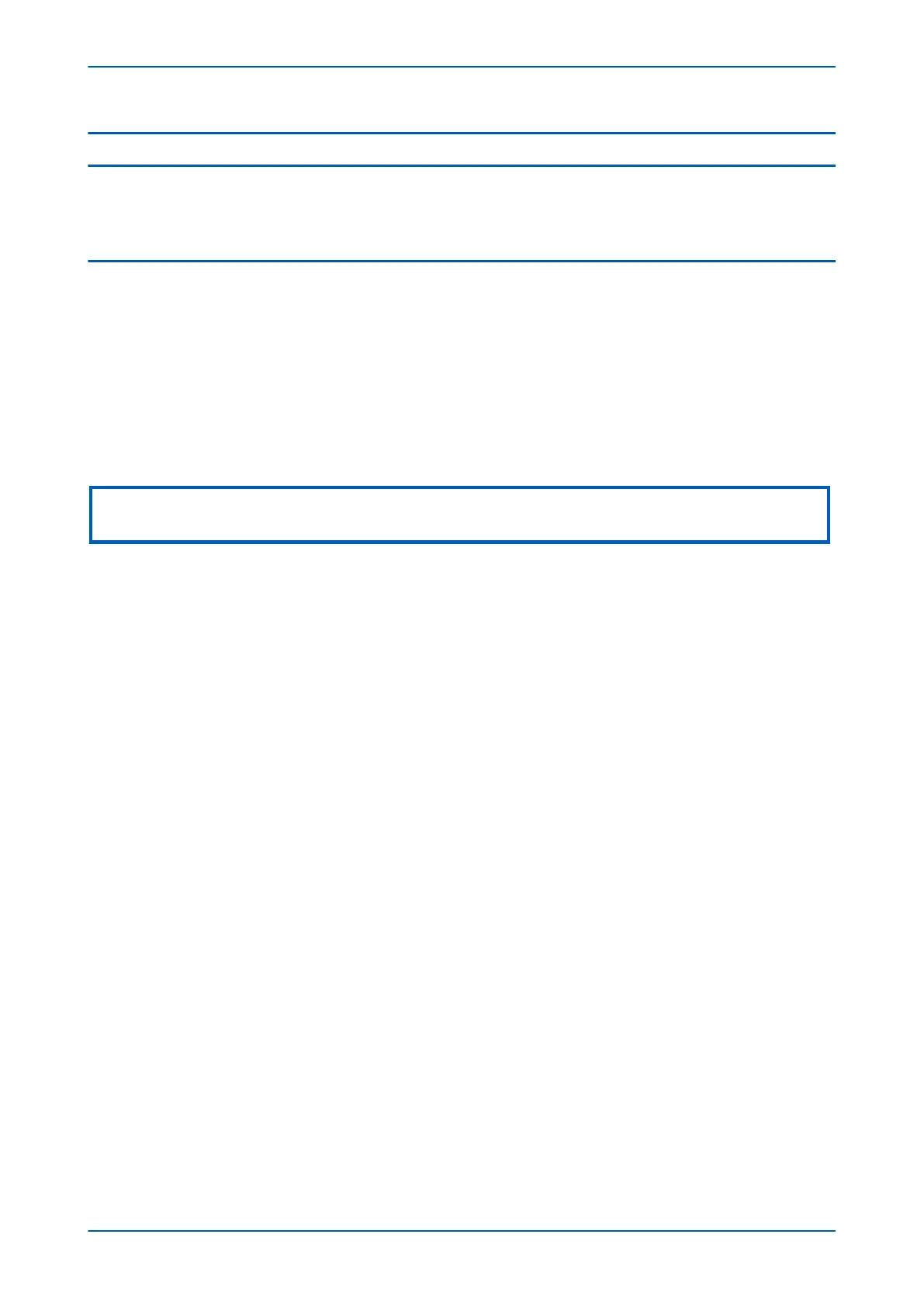